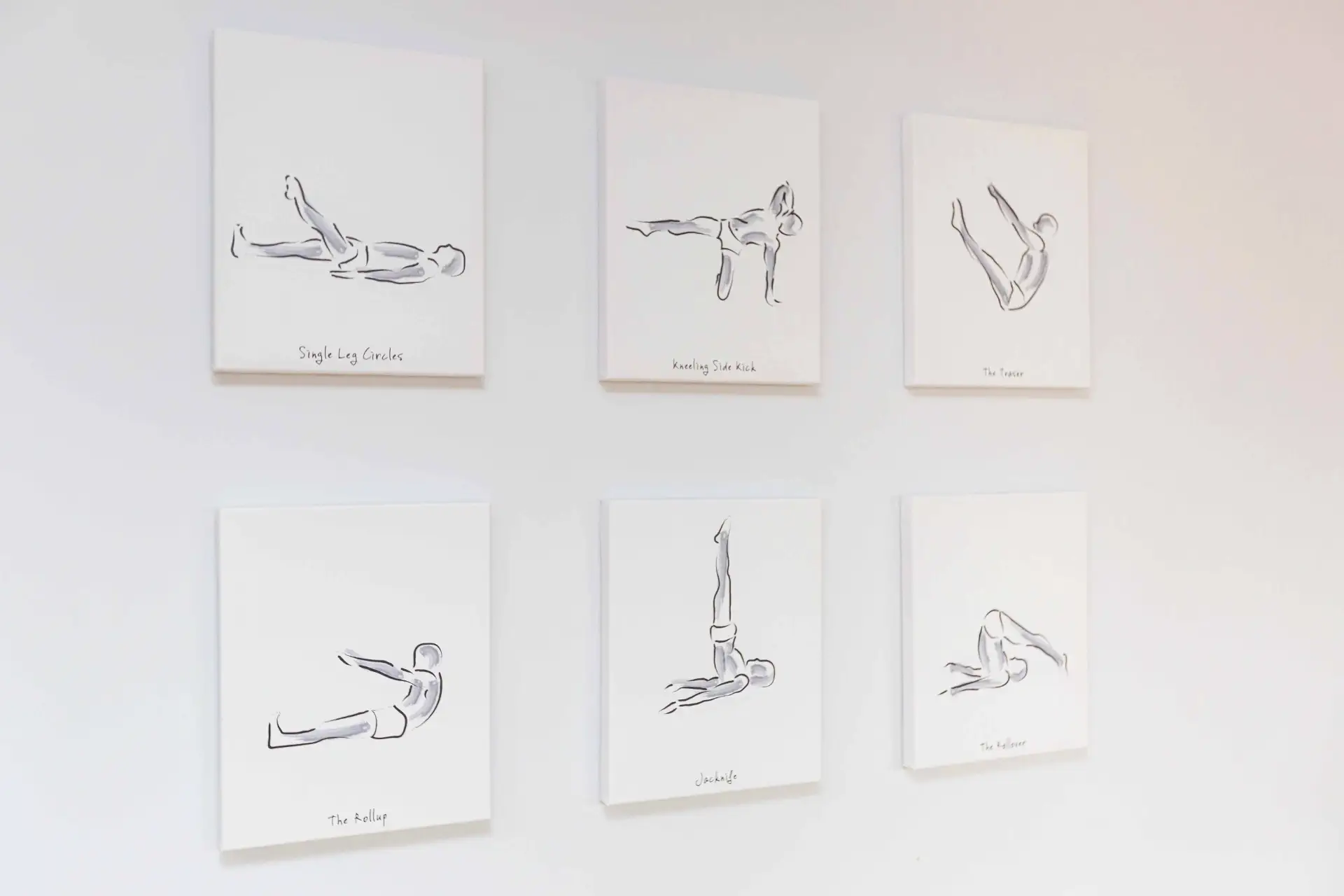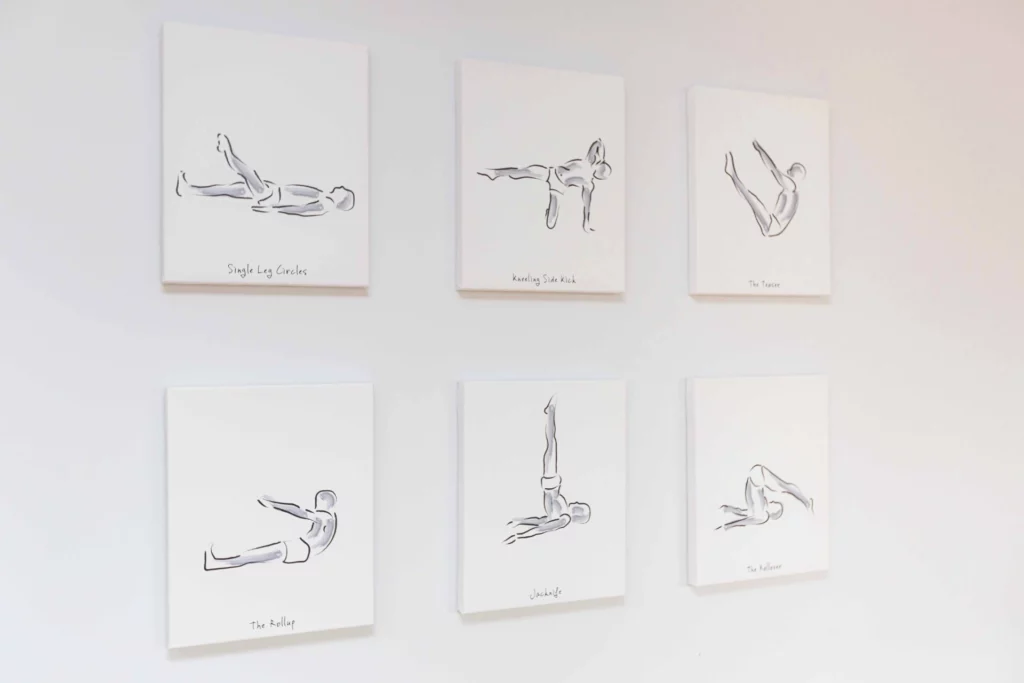Sciatica
Sciatica is a condition characterised by pain that radiates along the path of the sciatic nerve. The sciatic nerve runs from the lower back down the back of the thigh and into the back of the leg. Sciatica is not a medical diagnosis itself, but rather a description of symptoms of an underlying problem. This may involve compression or irritation of the sciatic nerve or tissues like bones, cartilage and muscles around the spine.
Cause of sciatica
Sciatica can be caused by herniated, prolapsed or bulging discs, spinal stenosis, piriformis syndrome, spondylolisthesis or degenerative disc disease.
Physiotherapy is an effective way to manage sciatica. Your physiotherapist will assess your condition, develop a tailored treatment plan, and provide exercises to improve your strength and flexibility. They may also employ techniques like manual therapy, massage, and shockwave to alleviate pain and inflammation.

How we can help
Sciatica can be a painful and debilitating condition, but with the right diagnosis and treatment, you can find relief. If you’re experiencing symptoms of sciatica, get in touch and book an initial assessment with one of our therapists for an accurate diagnosis and a personalised treatment plan. Remember, early intervention and proper care are key to managing sciatica effectively.


Lorem ipsum dolor sit amet, consectetur adipiscing elit, sed do eiusmod tempor incididunt ut labore et dolore magna aliqua. Ut enim ad minim veniam, quis nostrud exercitation ullamco laboris nisi ut aliquip ex ea commodo consequat. Duis aute irure dolor in reprehenderit in voluptate velit esse cillum dolore eu fugiat nulla pariatur. Excepteur sint occaecat cupidatat non proident, sunt in culpa qui officia deserunt mollit anim id est laborum
Sciatica can be caused by one or more of the following factors:
- Herniated Disc: A herniated or slipped disc occurs when the soft inner material of a spinal disc leaks out and puts pressure on the adjacent sciatic nerve.
- Spinal Stenosis: Narrowing of the spinal canal can compress the nerve roots that form the sciatic nerve.
- Piriformis Syndrome: The piriformis muscle, located in the buttocks, can sometimes irritate or compress the sciatic nerve.
- Spondylolisthesis: This condition involves one vertebra slipping forward over another, causing pressure on the nerve roots.
- Trauma or Injury: Accidents, falls, or other trauma can lead to sciatic nerve compression.
- Degenerative Disc Disease: Age-related wear and tear on the spine can lead to disc deterioration and nerve compression.
- Irritation of tissues around the spine: Danger messages from facet joints, discs or muscles in and around the spine can be felt down the leg or in the buttock.
The hallmark symptom of sciatica is pain that radiates from the lower back through the buttocks and down one leg. Other common symptoms may include:
- Numbness and Tingling: You might experience sensations of numbness, tingling, or a pins-and-needles feeling in the affected leg.
- Muscle Weakness: Weakness in the leg or foot muscles can occur due to nerve compression.
- Pain Intensity: The pain can range from a mild ache to a sharp, shooting pain that makes standing or walking difficult.
A healthcare professional will diagnose sciatica through:
- Medical History and Physical Examination: Your therapist will inquire about your symptoms, medical history, and perform a physical examination to check for signs of nerve compression.
- Imaging Tests: This may include X-rays, MRI or CT scans. The vast majority of people suffering from sciatica don’t require imaging to make a diagnosis. If your therapist feels your symptoms and history indicate that imaging may be necessary, we can liaise with your GP or suggest options for private imaging providers.
Lorem ipsum dolor sit amet, consectetur adipiscing elit, sed do eiusmod tempor incididunt ut labore et dolore magna aliqua. Ut enim ad minim veniam, quis nostrud exercitation ullamco laboris nisi ut aliquip ex ea commodo consequat. Duis aute irure dolor in reprehenderit in voluptate velit esse cillum dolore eu fugiat nulla pariatur. Excepteur sint occaecat cupidatat non proident, sunt in culpa qui officia deserunt mollit anim id est laborum
Treatment for sciatica focuses on relieving pain and addressing the underlying cause. Options include:
- Conservative Treatment: Rest, over-the-counter pain medications, hot/cold therapy, and gentle exercises can provide relief in mild cases.
- Physiotherapy: Specific exercises and stretches can improve flexibility, strengthen muscles, and alleviate pressure on the sciatic nerve.
- Medications: In more severe cases, doctors may prescribe muscle relaxants, anti-inflammatory drugs, or even corticosteroid injections.
- Surgery: A very small percentage of people may require surgical intervention if they don’t respond to conservative treatments or if there’s a severe underlying issue like a herniated disc that requires surgical correction.
While sciatica isn’t always preventable, you can reduce the risk by:
- Minimising prolonged static Postures: Our bodies are designed to move and don’t tolerate long periods being in the same static posture. Don’t worry about having “good posture” as there is no evidence that sitting, standing or lifting in a particular posture helps to reduce the incidence of back pain or sciatica. Your best posture is your next one!
- Regular Exercise: Engage in activities that elevate your heartrate, promote strength and flexibility.
- Sleep hygiene: Ensuring you get at least 7-8 hrs of good quality sleep each night that leaves you waking up feeling refreshed.
- Weight Management: Maintaining a healthy weight reduces stress on the spine.
- Stress management: Increased stress can make your nervous system more sensitive and be a factor in triggering back pain and sciatica. Using different relaxation techniques or meditation can help to reduce your risk of symptoms developing.
Sciatica can be a painful and debilitating condition, but with the right diagnosis and treatment, you can find relief. If you’re experiencing symptoms of sciatica, get in touch and book an initial assessment with one of our therapists for an accurate diagnosis and a personalised treatment plan. Remember, early intervention and proper care are key to managing sciatica effectively.

See why patients
love Kendal Physio
Neil BogginJune 10, 2023